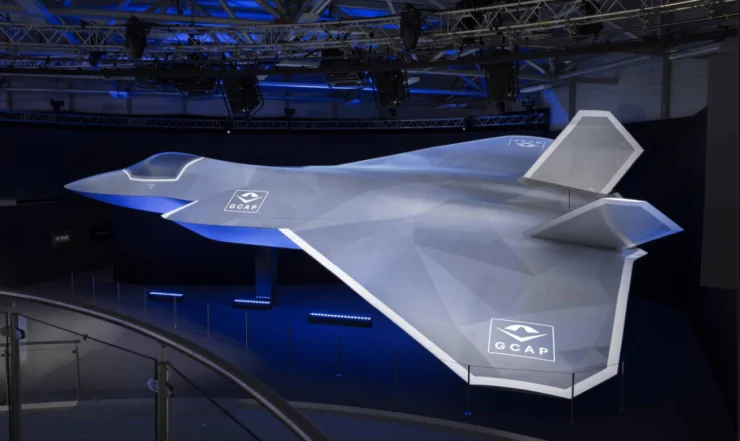
The presented model of the GCAP aircraft differs from the previously shown concept at the Farnborough Air Show. In particular, updates were made to the design of the wings, tail and fuselage.
At the 2024 International Aerospace Exhibition in Tokyo, which took place from October 16 to 19, a model of the next-generation fighter developed within the framework of the Global Combat Air Program (GCAP) joint project was presented. This was reported by The Japan Times journalists on October 18.
The project unites the efforts of Japan, Great Britain and Italy, the goal of which is to create an advanced combat aircraft that integrates the latest technologies of the defense industry of these countries.
p>
The project is managed by Mitsubishi Heavy Industries from Japan, BAE Systems from Great Britain and Leonardo from Italy. At the exhibition, BAE Systems presented a scale model of the aircraft, about 2 meters long, which is about one-tenth the size of a real fighter. A full-scale mock-up, more than 20 meters long, was previously shown at the Farnborough Air Show in July 2024.
BAE Systems said the design of the model shown in Tokyo is broadly in line with the larger version shown earlier , with minor changes in size.
200% Deposit Bonus up to €3,000 180% First Deposit Bonus up to $20,000However, the model was updated regarding the main structural elements: wings, tail and fuselage. These changes reflect a shift in priorities toward increased range, speed, and payload, as opposed to the former emphasis on maneuverability in air combat.


The new iteration of the project includes an enlarged delta wing, replacing the previous “lambda wing” configuration. Such a change is aimed at reducing aerodynamic resistance, increasing fuel reserves and improving lifting power, which ultimately increases the combat capabilities of the aircraft. It is expected that the final design of the fighter will be approved by 2025, which will be an important milestone for the GCAP program.
It should be noted that, judging by the shape of the air intakes and tail of the aircraft, the new concept outwardly resembles solutions that have already been found in stealth- F-35 and F-22 fighters. This contrasts with the models of the new generation fighter NGAD — the illustration of the concept speaks of a “cunning” design with an elongated fuselage and a wing of a mixed configuration, devoid of traditional horizontal and vertical stabilizers.

